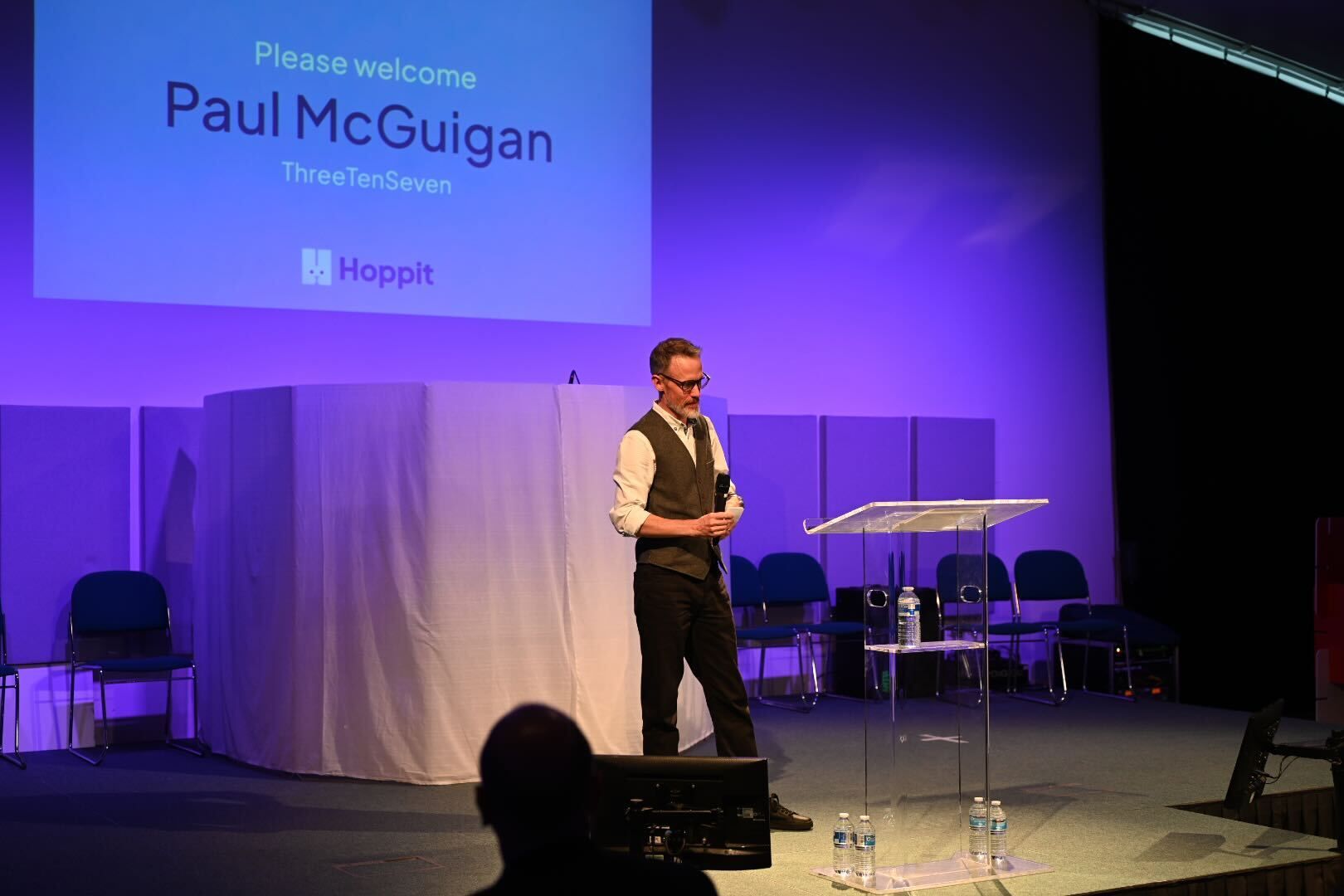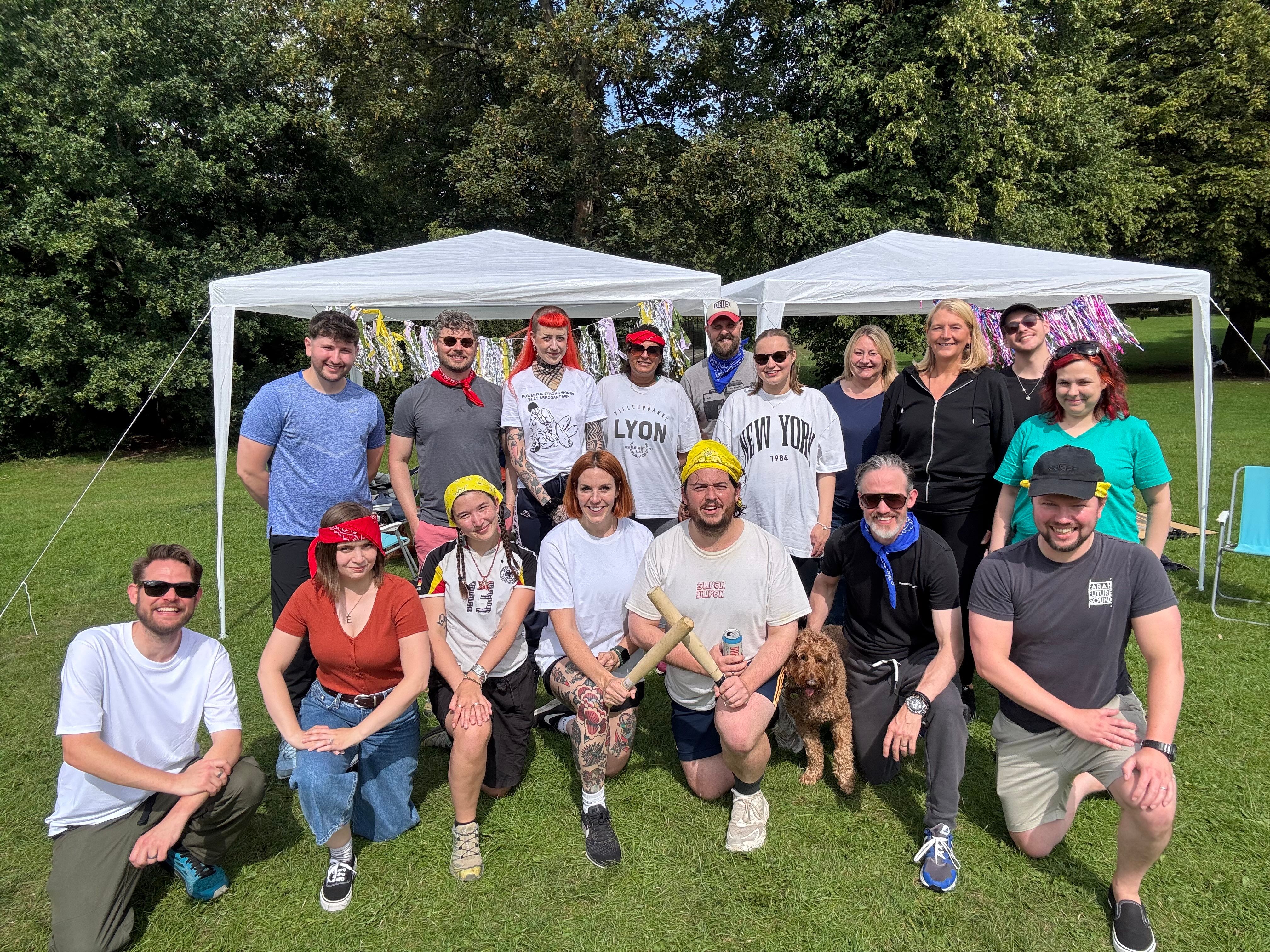Openhouse is all about filling our heads full of new ideas, new opinions and new ways of looking at things. Because all of those nice things aren’t just great for designers or other creatives, they’re vital for anyone who wants to stay relevant, interested and interesting. That’s why our last Openhouse speaker was especially brilliant – his profession is all about using new tools (in his case nanotechnology) to give new solutions to the world of entertainment, i.e. a world already swirling with new, sexy and shiny.
Benjamin Males is founder and key brains behind Levitation29, and the surely very rare combo of engineer and creative. He works with scientists who are creating super interesting and often slightly weird things and brings them to the mainstream. While his most recent work is the most well-known (Vanta Black BMW anyone? More of that later), he’s been doing this for a long time, and I found his journey both fascinating and inspiring.
At Openhouse, Benjamin shared the story of how he first got into this line of work, putting science and entertainment together, and he had a fairly dazzling start, working with the Black Eyed Peas, creating their light up suits (which, by the way, he triggered with a Maplins doorbell from side of stage). From here he worked with a whole host of others, including Lady Gaga to create her flying dress for a stadium tour, and then later working much more closely with scientists themselves. You have to wonder at this point, how on earth does he bag Will.I.Am as his first client, while the rest of the world tends to have their dad’s gardening business to design for? You’ll have to ask him yourself but I know from our conversations that it’s largely down to a winning combo of doing something that people WANT – i.e. newness – and in a market with proper money to spend on frivolity. Entertainment is full of people who want to impress, to dazzle, to be the first. Benjamin put himself perfectly in harm’s way on this one, and look what happened.
Latterly Mr Males and co have been bessies with Surrey NanoSystems, some actual real-life geniuses, and the people behind Vantablack. You know the stuff – blacker than black, absorbs 99% of light, expensive as sin, etc? The magical stuff was actually created for space-y reasons, used to measure the light emitted from a star.
But Benjamin helped Surrey to bring the tech into the mainstream, most notably with a mind-boggling stage set for Gestaffelstein at Coachella, which was so confusingly black that many in the crowd were unable to quite work out what they were seeing, others felt dizzy, swearing that it was the stage set that did it and not half a pound of ket. Suspicions of drug use aside, this effect is very likely to be real; the brain can’t understand the blackness for what it is, expecting instead that stage lights placed next to the black substrate would lighten the blackness, but the magic of Vantablack is that this effect doesn’t materialise; the Vanta remains unlit, meaning it feels more like you’re looking into a hole than at an object. Confusing.
Most recently he worked on a project for BMW, creating the first car in the world to be finished with the Vantablack VBx2 coating, the BMW VB X6. The car was unveiled this September at the Frankfurt Motor Show, where car fanatics and experts found their brains were struggling to interpret the blacker than black seemingly two-dimensional object, and often ended up walking straight into it. With that in mind, who knows if we’ll ever see a Vantablack car in real life… but there’s no denying it’s a very cool box to have ticked.




